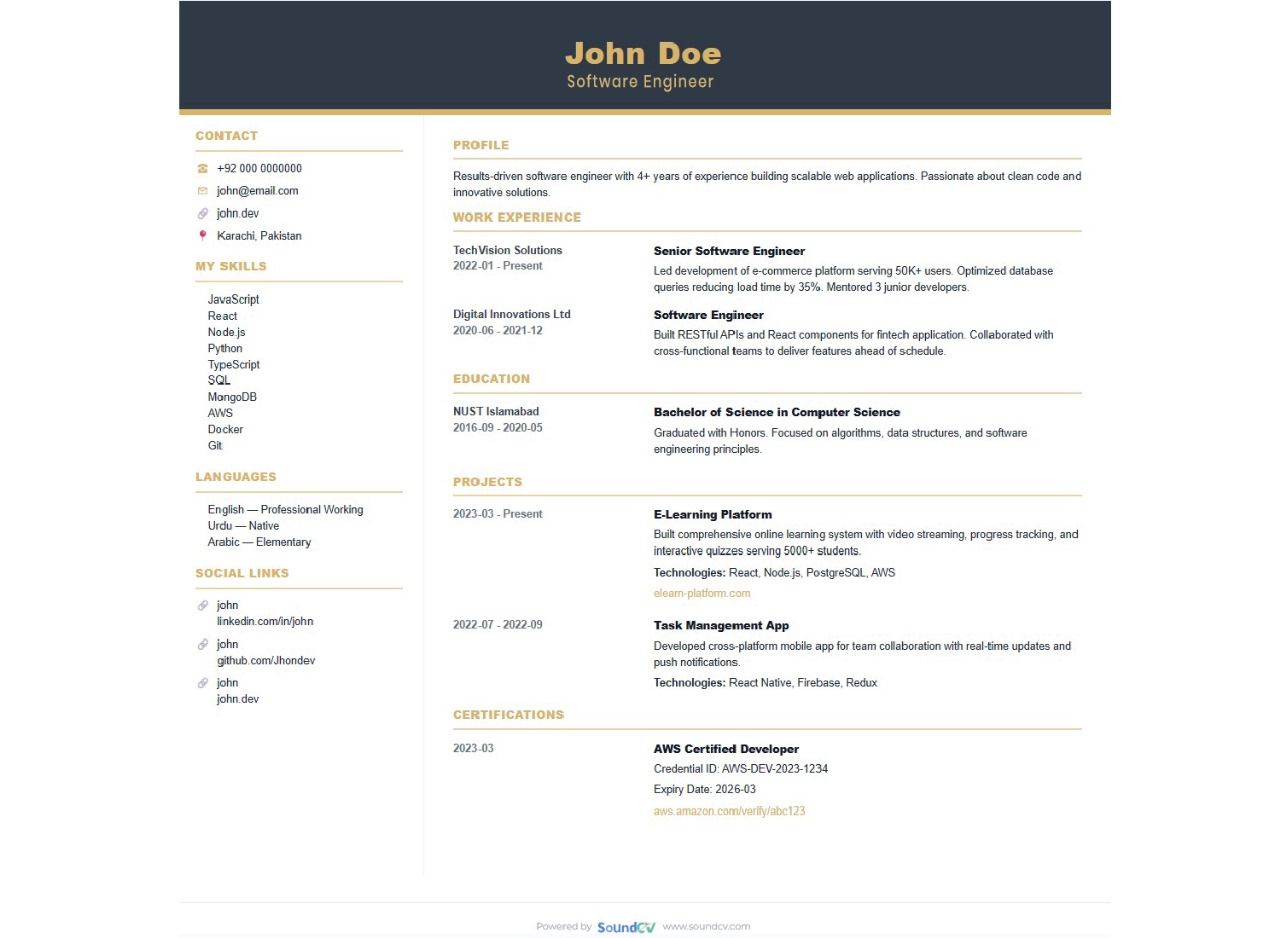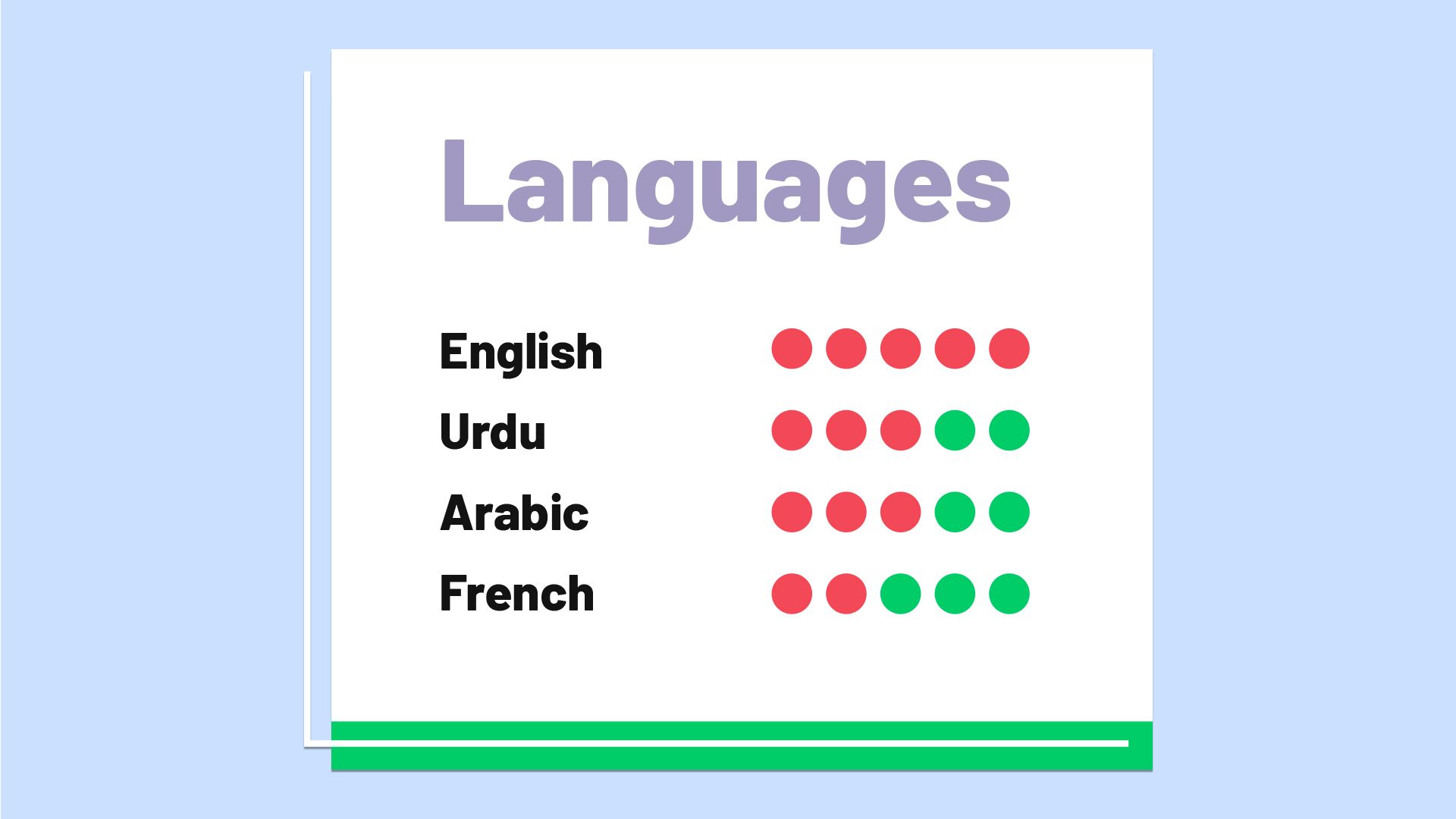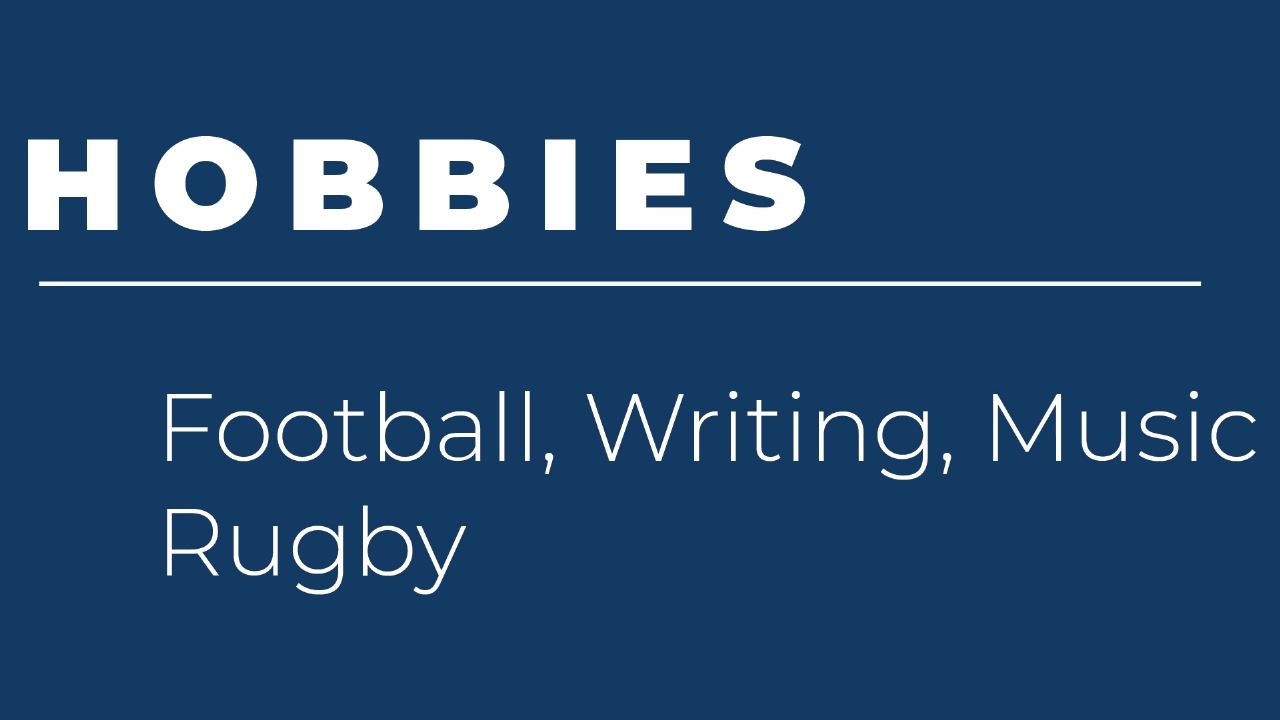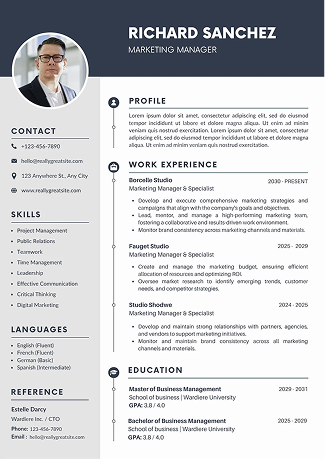Hobbies for Resume: Best Examples & How to List (2025)
Show your personality and skills with the right hobbies on your resume learn what to include, how to list them, and impress employers in 2025.
Overview
Think hobbies don’t belong on a resume? Think again. The right hobbies can show personality, highlight soft skills, and make you stand out. Learn when to include them, how to choose the right ones, and examples that impress employers.
“Hobbies and interests have no place on a resume.”
Wrong!
When done right, hobbies on your resume can help you stand out, show a bit of your personality, and even give you an edge over other candidates. But not every resume needs a hobbies section, and not every pastime belongs there.
This guide explains when to include hobbies and interests on your resume, how to choose the right ones, and examples that actually strengthen your application.
Should You Mention Hobbies & Interests on Your Resume?
It depends on your situation.
If you’re an experienced professional with solid results, certifications, and measurable achievements, you can skip hobbies. Your skills and track record already fill the page. If adding them pushes your resume to a second page, leave them out.
However, if you’re a fresh graduate or early-career professional, hobbies can help fill space, highlight culture fit, and show relevant soft skills.
Let’s break down when hobbies truly add value.
What’s the Difference Between Hobbies and Interests?
Before we go further, let’s clear this up:
Interests are topics you enjoy learning about (like history, classical music, or technology).
Hobbies are things you actively do (like painting, playing football, or cooking).
Hobbies show how you spend your free time and what additional strengths you might bring.
For example, listing “basketball” suggests teamwork, discipline, and communication.
Interests, on the other hand, show what areas excite your curiosity. For example, if a role requires relocation, mentioning “traveling” can hint at adaptability and openness to new experiences.
When to Include Hobbies and Interests on a Resume
Add a Hobbies & Interests section if:
You still have room after adding essentials (contact info, experience, education, skills).
You have limited experience or education.
The company values personality and culture fit.
The job posting specifically asks for hobbies or interests.
Your hobbies align with the role (e.g., writing or tabletop RPGs for a creative position).
12 Best Hobbies and Interests to Add to a Resume
To add real value, hobbies should relate to the job or highlight skills employers look for.
Avoid generic fillers like “watching movies” or “listening to music.”
Here are strong examples:
Here are strong picks aligned to commonly required skills:
1. Community Involvement
Volunteering is one of the best hobbies for resume lists. It signals initiative, empathy, and impact beyond self-interest. It often builds organization, teamwork, and leadership.
2. Writing
Written communication is consistently in demand. Listing writing hints that your communication skills extend beyond the workplace and are practiced, not just claimed.
3. Blogging
Blogging reinforces communication, audience awareness, and initiative. It also suggests you can manage independent projects valuable in many roles.
4. Learning Languages
Languages unlock international communication and broaden problem-solving skills. Roles like social work, HR, hospitality, aviation, and customer service prize multilingual abilities.
5. Photography
Photography blends creativity, observation, and technical know-how. That mix can help in roles across marketing, design, content, and client-facing positions.
6. Travel
Travelers are often curious, organized, adaptable, and comfortable outside their comfort zone—traits that employers prize for flexible, cross-functional teams.
7. Sports
Sports cultivate discipline, resilience, teamwork, leadership, and interpersonal skills. Choose sports that support the competencies emphasized in the job post.
8. Reading
Reading sharpens focus, broadens knowledge, strengthens communication, and reduces stress—valuable across roles and industries.
9. Making Music
Creating music develops determination, patience, memory, and attention. These qualities translate into persistence and precision at work.
10. Yoga
Yoga supports mental clarity, stress management, and concentration—great for high-focus roles and fast-paced environments.
11. Art
Art showcases creativity, imagination, and problem-solving transferable across product, design, marketing, and innovation-driven teams.
12. Dance
Dance can improve cognition, collaboration (especially partnered or troupe work), and stress relief—useful in roles where energy and coordination matter.
Top Soft and Hard Skills Related to These Hobbies
From the list above, hiring managers can infer communication, leadership, teamwork, creativity, organization, self-discipline, cultural awareness, audience insight, and even basic technical literacy (e.g., cameras, editing suites).
How to List Hobbies and Interests on a Resume
There’s a right way to present this section. Here’s how:
Decide If You Need It
If your resume already fits neatly on one page, skip it.
If you’re a fresher or applying for a creative or people-focused role, include it.
Tip: Keep your resume to one page whenever possible.
Research the Company
Check the company’s website, social media, and job ad to understand their culture. Match your hobbies with the values or soft skills they emphasize.
Choose Relevant Hobbies
Map your hobbies to the role.
If the job values teamwork, list group activities like football or volunteering.
For creative roles, list photography, blogging, or art.
Add a Separate Section
Title it Hobbies & Interests and place it at the bottom of your resume.
List 4–6 Items
Too few looks empty; too many looks cluttered. Keep it concise.
4 Tips for Writing Your Hobbies Section
1. Identify What You Specifically Enjoy
Pinpoint why you enjoy each hobby. This helps you describe it clearly and speak authentically in interviews.
2. Be Honest
Don’t claim hobbies you don’t practice. If you walk daily, say so; don’t inflate it to “mountaineering.” Authentic interest in resume items build credibility.
Right:
Physical exercise: daily 45-minute nature walks.
Wrong:
Hiking
3. Be Specific
Specificity stands out.
Right:
Learning languages: studying and practicing widely spoken languages such as Mandarin and French.
4. Keep These Out
Avoid items that appear antisocial, controversial, political, religious, violent, unsafe, or too ambiguous to interpret positively. Keep attractive hobbies for resume professional and inclusive.
40 Best Hobbies and Interests to Put on Your Resume Complete List
Looking for inspiration? Here’s a list of hobbies and interests for CV categories to match personality and role needs.
Sports Interest and Hobby Examples
There are two main types individual and team sports. Both communicate valuable traits.
- Basketball
- Football
- Volleyball
- Marathon running
- Skiing
- Tennis
- Cycling
- Swimming
- Baseball
- Mountain climbing
These usually show discipline, stamina, and collaboration. They suit roles needing communication, resilience, and drive.
Analytical Thinking Interest and Hobby Examples
Thought-focused hobbies signal creativity, reflection, and structured thinking.
- Chess
- Playing a musical instrument
- Reading
- Writing
- Sketching
- Photography
- Design
- Blog writing
- Painting
These convey calm, composure, and considered decision-making—great for analytical or creative roles.
Social Interest and Hobby Examples
Showcase communication and collaboration—key in most roles.
- Board games
- Creating and organizing a book club
- Networking events
- Local meetups
- Volunteering at a charity center
- Public speaking
- Exploring other cultures
- Dancing
- Camping
- Language classes
Especially valuable for leadership or client-facing work.
Unique Interest and Hobby Examples
Memorable, but still professional.
- Archery
- Gardening
- Stand-up comedy
- Baking
- Journaling
- Calligraphy
- Fencing
- Theater
- Yoga
- Languages
For example, archery suggests precision; yoga signals calm under pressure. These can be attractive hobbies for resume sections when aligned to role demands.
Quick Tip
Writing a CV instead of a resume? The same guidance applies just adapt to regional norms and employer expectations.
How to Present Hobbies: Mini Templates and Examples
Use one of these formats under Hobbies & Interests:
Inline list (fast and simple):
Hobbies & Interests: volunteering, Spanish (B1), photography (Lightroom), cycling.
Bulleted with context (most persuasive):
- Volunteering: monthly food bank coordinator; 20+ volunteers.
- Photography: event and product shots; Lightroom/PS; portfolio link.
- Cycling: planned 100 km routes; fundraising rides.
- Spanish: B1; weekly conversation club.
Role-targeted variant (for freshers):
- Design: Figma UI challenges; daily icon set sketches.
- Photography: composition drills; color grading in Lightroom.
- Blogging: weekly UI teardown posts; 12k total reads.
- Book club: design systems, product strategy.
Placement and Formatting (ATS & Recruiter-Friendly)
- Section title: Hobbies & Interests. Keep it standard for ATS.
- Position: After experience, education, skills, and certifications.
- Length: 2–6 lines or bullets total.
- Style: Same font and size as your resume body; no icons required.
- File: PDF unless the application requests DOCX.
- Keywords: Mirror soft-skill themes in the job ad when honest.
What to Avoid (Common Pitfalls)
- Overloading the section: It’s seasoning, not the main course.
- Vague items: “Music, movies, travel” with no context.
- Controversial topics: Politics, religion, polarizing causes.
- Safety issues: Anything that could imply risk-taking at work.
- Inflation: Don’t exaggerate frequency or skill level.
- Irrelevant choices: If it doesn’t help your story, leave it out.
Key Takeaways
- Hobbies for resume content can highlight personality and soft skills that differentiate you from similarly qualified candidates.
- Include hobbies and interests when you have space, limited experience, an employer that values culture, or when requested.
- Strong picks include community service, writing/blogging, language learning, travel, sports, and reading.
- Before adding them, confirm they’ll help your case, research the company, and choose items that complement your skills and qualifications.
- Be honest, be specific, and avoid controversial or easily misread pastimes. Keep activities for resume relevant, concise, and professional.
At Sound CV, we help you build resumes that get noticed. Try our Free Resume Score Check today to see how your resume performs and what you can improve before you apply.
FAQs
Frequently asked questions about this topic
Related Blogs
Explore more insights and guides you might like.

How to Make a CV for Internship: Step-by-Step Guide for Freshers
Learn how to make a CV for an internship with this easy step-by-step guide. Perfect for freshers looking to create a strong first impression.

CV Format for Job (2025): Structure, Examples & Tips
Discover the best CV format for 2025 with proven structure, examples, and tips to land your next job faster.

Languages Known in CV: CV Guide with Templates & Examples (2026)
Learn how to list Languages Known in your CV the right way in 2026. This guide covers proficiency levels, examples, and ready-to-use templates to help you present your language skills professionally and make your CV stand out.

